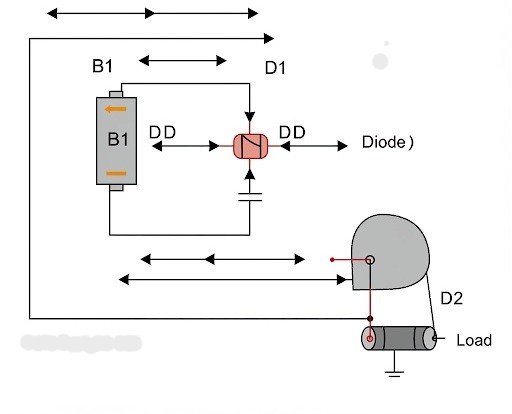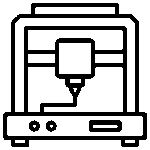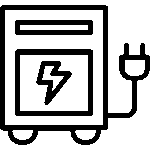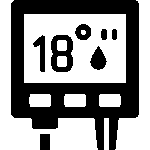Reverse Current Protection in Battery Circuits

When working with battery circuits, one common issue that hobbyists and engineers face is reverse current flow. This occurs when current flows backward into the battery, potentially damaging the battery and other components in the circuit. Thankfully, there’s an easy fix: reverse current protection.
The Problem :
In simple terms, reverse current happens when the polarity of your power source is wrong, causing current to flow in the opposite direction. This can happen when you mistakenly connect the battery in reverse, potentially short-circuiting the circuit or causing permanent damage. To prevent this, you can use a diode or a MOSFET-based protection circuit.
Practical Example :
Imagine you’re powering a small robot with a 12V battery. If you accidentally connect the battery the wrong way around, the current will try to flow back into the battery, which can harm both the battery and the robot’s motor. Using a diode in the circuit will only allow current to flow in the correct direction, thus protecting the components.
Sample Calculation :
Let’s say you’re using a 1N4007 diode, which has a forward voltage drop of 0.7V.
If the battery provides 12V, the diode will drop 0.7V, leaving 11.3V for the load.
For small circuits, this drop is negligible, but for higher-power setups, you may need to consider it.
Suggested Products :
If you’re building circuits with reverse current protection, consider using MOSFETs and diodes to keep your circuits safe. Browse high-quality, Made in India components for your projects at SmartXProKits and SmartXProKits.
Shop now at SmartXProKits.in—Support our work and India’s innovation by purchasing from our Make in India site!




















